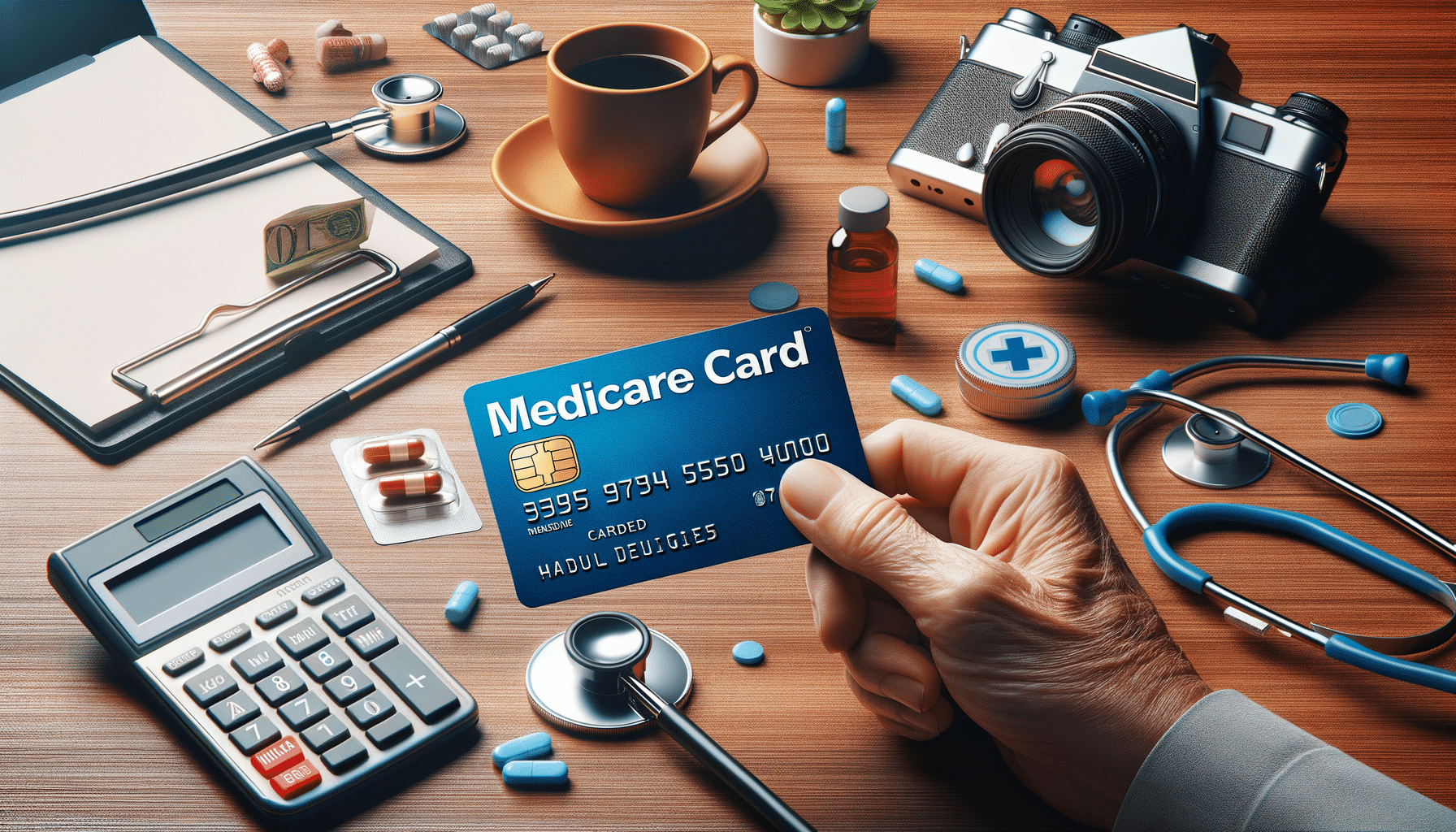
How to apply for Medicare card ?
Understanding the Medicare Card
Medicare is a crucial component of the healthcare system in many countries, providing essential health coverage to individuals, particularly those over 65. The Medicare card is your ticket to accessing these benefits, serving as proof of your enrollment in the program. It is important to understand the significance of this card and how it works to ensure you can take full advantage of the healthcare services available to you.
The Medicare card typically includes important information such as your name, Medicare number, and the type of coverage you are enrolled in. This can include hospital insurance (Part A) and medical insurance (Part B). Ensuring that this information is correct is vital, as it will be used whenever you seek medical services covered by Medicare.
Additionally, the card plays a role in preventing fraud and misuse of services. Healthcare providers use the information on your card to verify your eligibility for services, making it a key component of the healthcare process. Understanding how to safeguard your Medicare card, such as keeping it in a secure place and being cautious about sharing your Medicare number, is essential to protect your identity and healthcare benefits.
The Application Process for a Medicare Card
Applying for a Medicare card is a straightforward process, yet it requires careful attention to detail to ensure that your application is processed smoothly. If you are over 65, you need to apply for Medicare from the Social Security Administration. You can apply for Medicare in one of the following three ways:
- Online through the official Social Security website, which is often the most convenient method.
- By phone, where you can speak directly with a representative who will guide you through the process.
- In person at a local Social Security office, which might be preferable for those who need additional assistance or have specific questions.
When applying, you will need to provide certain personal information, such as your Social Security number, birth date, and details about your work history. It’s important to have all necessary documents on hand to avoid any delays in processing your application. Once your application is approved, your Medicare card will be mailed to you, usually within a few weeks.
Eligibility and Enrollment Periods
Eligibility for a Medicare card generally begins when you turn 65, although there are exceptions for those with certain disabilities or conditions. Understanding the enrollment periods is crucial, as missing these windows can result in penalties or delayed coverage.
The Initial Enrollment Period (IEP) starts three months before you turn 65, includes your birth month, and extends three months after. This is the optimal time to apply for Medicare, ensuring coverage begins as soon as you are eligible. If you miss this period, you can enroll during the General Enrollment Period, which runs from January 1 to March 31 each year, but this may result in a late enrollment penalty.
Special Enrollment Periods are available for those who qualify due to specific circumstances, such as losing employer-based coverage. Understanding these periods and planning accordingly can help you avoid unnecessary costs and ensure continuous healthcare coverage.
Benefits and Coverage of a Medicare Card
Once you have your Medicare card, you gain access to a range of healthcare services designed to meet the needs of older adults and certain other eligible individuals. Medicare Part A covers hospital stays, skilled nursing facility care, hospice, and some home health care. Part B covers outpatient care, doctor visits, preventive services, and some home health care.
In addition to these, there are options for additional coverage through Medicare Advantage Plans (Part C) and prescription drug coverage (Part D). These plans can offer more comprehensive coverage, including dental, vision, and hearing services, which are not covered by traditional Medicare.
Understanding the specifics of what your Medicare card covers can help you better manage your healthcare needs, budget for potential out-of-pocket expenses, and make informed decisions about additional coverage options.
Maintaining and Using Your Medicare Card
Maintaining your Medicare card involves more than just keeping it safe; it’s about ensuring that you are using it effectively and responsibly. Always carry your Medicare card with you when visiting healthcare providers, as it is required for billing and verifying your coverage. However, be cautious about sharing your Medicare number to avoid identity theft.
If your card is lost or damaged, it’s important to request a replacement promptly through the Social Security Administration. You can do this online, by phone, or in person. Keeping your information up to date with Medicare is also crucial, especially if you move or change your contact details.
By understanding how to maintain and use your Medicare card properly, you can ensure that you continue to receive the healthcare services you need without interruption or complications.


